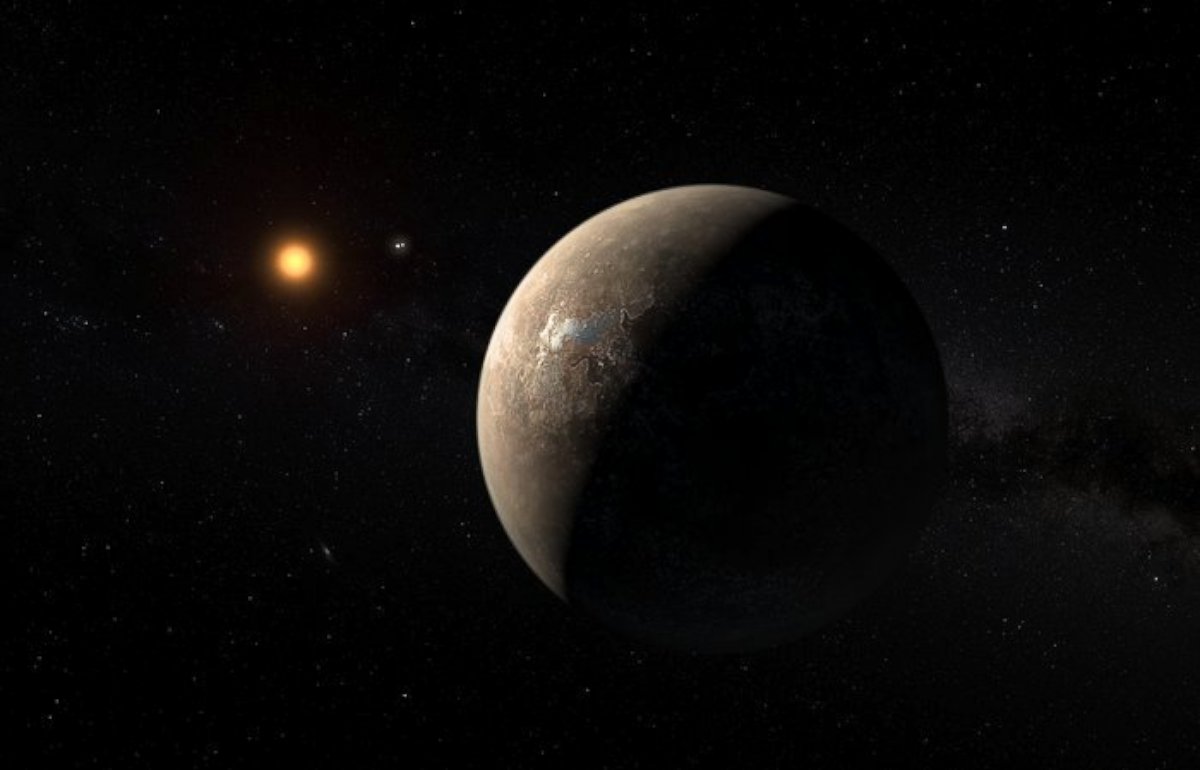Potentially Habitable Planet Discovered Orbiting Proxima Centauri, Closest Star to Our Sun
The planet has a temperature suitable for liquid water to exist on its surface.
— -- Astronomers have discovered an Earth-sized, potentially habitable planet orbiting our closest stellar neighbor.
Though the exoplanet is over four light years away, it's been hailed the "closest possible abode for life outside the Solar System," the European Space Observatory said today.
The "long-sought world" orbits the closest known star to the sun, a red dwarf known as Proxima Centauri, the ESO said. Accordingly, scientists have called the newly discovered planet "Proxima b."
The rocky world "has a temperature suitable for liquid water to exist on its surface" and is just a little bigger than Earth, the ESO said.

"The first hints of a possible planet were spotted back in 2013, but the detection was not convincing," Guillem Anglada-Escudé said in a statement.
Anglada-Escudé, from Queen Mary University in London, was the one who led the team of astronomers examining Proxima Centauri.
"Since then we have worked hard to get further observations off the ground with help from ESO and others," he said, adding that that the recent Pale Red Dot campaign to confirm evidence of the planet "has been about two years in the planning."
"Many exoplanets have been found and many more will be found, but searching for the closest potential Earth-analogue and succeeding has been the experience of a lifetime for all of us," Anglada-Escudé said.
Most exoplanets that have been discovered are gas giants, like Jupiter in our solar system, because astronomers look for the wobble in the star caused by a massive planet's orbit. Detecting Earth-sized planets is much more difficult, requiring extremely sensitive instruments and longer periods of observation.
But the discovery of Proxima b isn't the end.
"The search for life on Proxima b comes next," Anglada-Escudé said.




